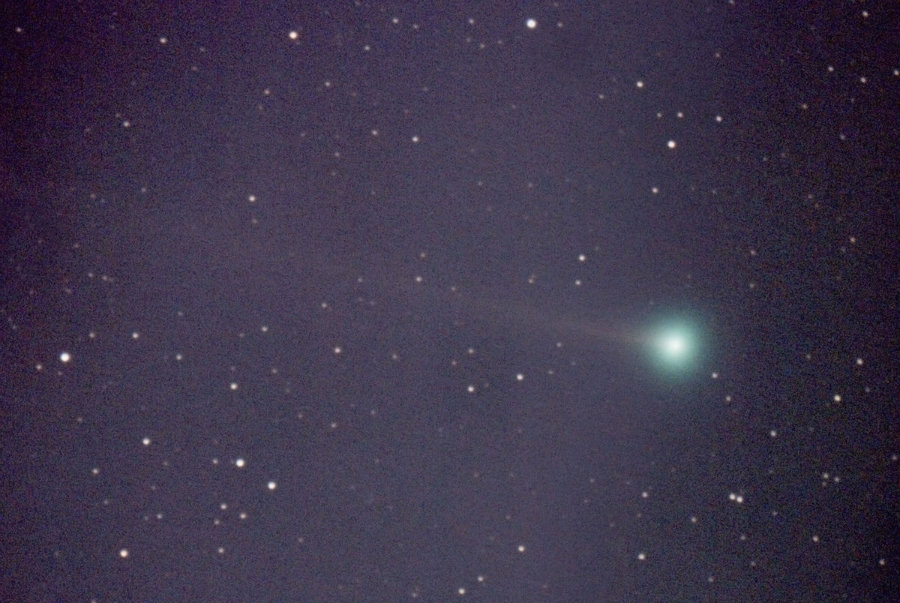The “New Year’s Eve Comet” that will pass near the moon would not be the only worth watching event to happen in the sky in the next days, as two other space flying objects will travel close to Earth.
The NASA Jet Propulsion Laboratory has been reporting how the 45P/Honda-Mrkos-Pajdušáková Comet has been getting bigger and brighter every day. This New Year’s Eve any person with a telescope or a pair of binoculars will be able to see the comet that will pass closely to the crescent moon. The comet is going to show a green and blue head along with its fan-shaped tail, the NASA reported.

It’s not the first time the “New Year’s Eve Comet” will visit Earth’s surroundings. In fact, this small object passes near the Earth every 5.25 years.
Other two space flying phenomena next week
According to the NASA, in early 2017, people will have the possibility to observe one comet and one asteroid that will fly by Earth surroundings. The first comet to appear is called C/2016 U1 NEOWISE, and it was detected in October. According to reports from the NEOWISE mission, this comet can be seen from the Northern Hemisphere in the first week of the year.
“It is moving farther south each day, and it will reach its closest point to the sun, inside the orbit of Mercury, on Jan. 14, before heading back out to the outer reaches of the solar system for an orbit lasting thousands of years,” NASA representatives said in a statement released this Thursday.
However, according to declarations from Paul Chodas, manager of NASA’s Center for Near-Earth Object Studies (CNEOS), the visibility of the comet will depend on its variable brightness. This NEOWISE comet is not considered a threat to Earth, the Jet Propulsion Laboratory stated.
The NEOWISE mission detected a second flying object in late November. It was called 2016 WF9, and it was qualified as a large dark body with a diameter between 0.5 and 1 kilometer (0.3-0.6 miles)
The object will pass near Earth on February 25, 2017, and scientists have not defined if it’s a comet or an asteroid. Its original pattern might show that is a comet but the investigation team said that comets use to release observable amounts of gas or dust when approaches the sun, and this object has not released any of it.
According to an official NASA statement, as this flying object is not considered a close Earth approach (the object will be at 32 million miles, ergo, 51 million kilometers), it does not represent a threat to Earth’s integrity.
If the 2016 WF9 turns out to be a comet, it will be the 10th comet discovery of the NEOWISE mission, and if it’s an asteroid, it will be the 100th detected.
Source: Space.com
